
OR
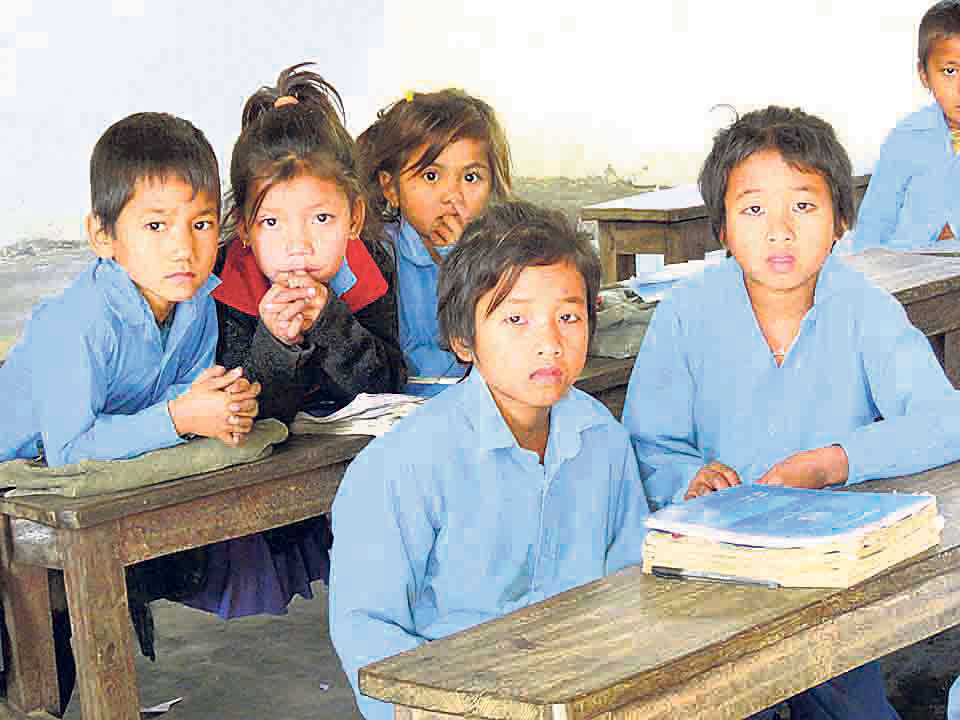
More from Author
The pressing issue is not language of instructions. Lack of efficient teachers, declining number of students, lack of proper monitoring and evaluation on public schools by the government are
School level education is becoming a burden for the state—whether in developed country like the US or the poor country like Nepal. In the US, education secretary has been criticized for not doing enough for upkeep of community schools. In India, school-level education and management of teachers are becoming burdensome tasks for different states. Teachers are seen as staging protests frequently.
Nepal’s school level education is riddled with many problems. After the government introduced new educational policy, debates on reforming school level education are going on. Of them, teaching and learning in native language, as means of instruction, has been discussed a lot. On the one hand, we are talking about global education to make our people globally competent in order to thrive in global market. At the same time we are talking about teaching in native language, which limits the understanding of people.
There are two schools of thoughts in this debate. One school argues that one can learn better if they study in language they are familiar with. Others argue that teaching in native language is not beneficial in the long run because the students, after all, have to switch to mainstream language to upgrade their professional growth and that limiting learning in native language impairs their professional efficiency.
Both schools have their followers. In some countries like Australia, imparting learning in native aboriginal language has not substantially changed the peoples’ lives. They feel it has hindered their coming into the mainstream. But again it is not easy for them to leave behind their aboriginal social and cultural base. Thus despite huge government expenditure in form of educational grants and scholarships for education in native language, the aboriginal students don’t seem to be accruing benefits.
At the same time, it is not always right to view education from utilitarian perspective. It renders education into things like subsidized foods. When we think of education in the post modern perspective, I think, it should be taken as a competitive tool to overcome modern challenges. No students are sent to schools just to be literate.
Those favoring language argument say that language should not be the barrier of learning. At the same time there is a growing attraction among majority of people toward digital literacy and availability of technologically aided educational attainments. Many schools are tapping into these potentials. Thus imparting school education in native language may be regressive. Scientists have shown ample evidence of teaching sign language to animals. We should not be bothered about language alone.
The main question is whether the language helps or hinders educational attainment. Or, are there other factors which influence teaching and learning? These questions must be properly dealt with before we reach any conclusion. In fact, educational activities cannot be rested solely on language.
Had this been the case, many of our engineers and doctors would not have been so successful in Russia and China, where they come across the language which is completely different from the one they know. Language is less important than educational goals.
From this perspective, the question of language is not pivotal. The most important thing is whether our education system is making its holistic approach in imparting knowledge to the students.
In Nepal, many government schools are disappearing because of rise of private schools. The government has started the process of merging schools. As a result, the posts of teachers have significantly reduced. Also the number of students is declining in government schools. Thus something must be done to address this situation instead of debating on which language to teach.
If we only focus on teaching in indigenous language, as some are doing, we might end up in a situation where there will be no teachers, no students, no facilities and no schools. I see greater challenges emerging in Nepal’s public education system, especially at primary level. The pressing issue is not language of instructions. Pressing issues are lack of efficient teachers, declining number of students, lack of proper monitoring and evaluation process from the government and so on.
The schools which have considered these pressing issues have done surprisingly well in education outcome. Padmodaya High School in Dang has a large number of students and parents have to struggle to get enrolment for their kinds in this school because of tough competition. I taught in this school for five years in the past when the medium of instruction was Nepali. Now they have switched to English and upgraded their infrastructure, which is why it is the most sought after school in the district.
We need to know what skills sell well in the globalized world. We need to consider prospects of job offer, technology and professional objectives as the priorities. Even in remote areas parents in ethnic communities like to send their kids to schools where things are taught in English (or Nepali) than in their own mother language.
They do so because they are wise and they know they have to be pragmatic.
The author is a lecturer at Ratna Rajya Laxmi Campus, Kathmandu
You May Like This
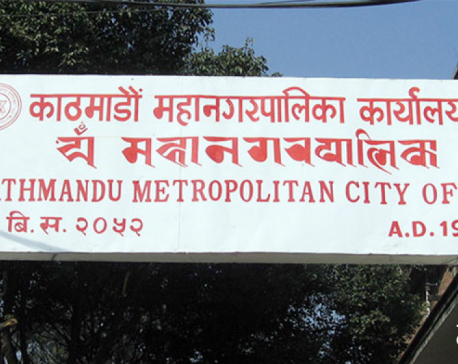
KMC to provide nursing services in all public schools
KATHMANDU, June 8: Kathmandu Metropolitan City (KMC) will provide nursing services in all public schools from the financial year 2023/24. Read More...
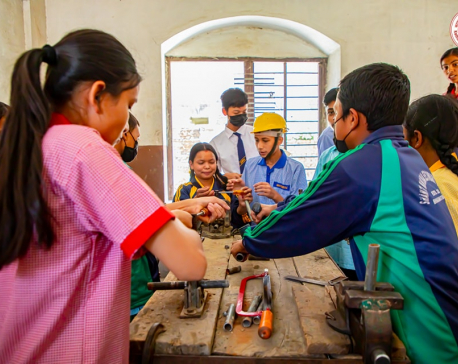
KMC officials inspect public schools under ‘Book-Free Friday’ campaign
Kathmandu, June 3: A team of Kathmandu Metropolitan City (KMC) officials led by Deputy Mayor Sunita Dangol visited various public... Read More...
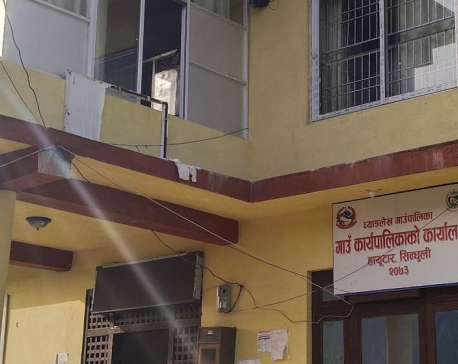
Ghyanglekh Rural Municipality forms rule to teach public position holders’ children in public schools compulsorily
SINDHULI, June 1: Ghyanglekh Rural Municipality of Sindhuli has decided to take action if the people holding public positions do... Read More...




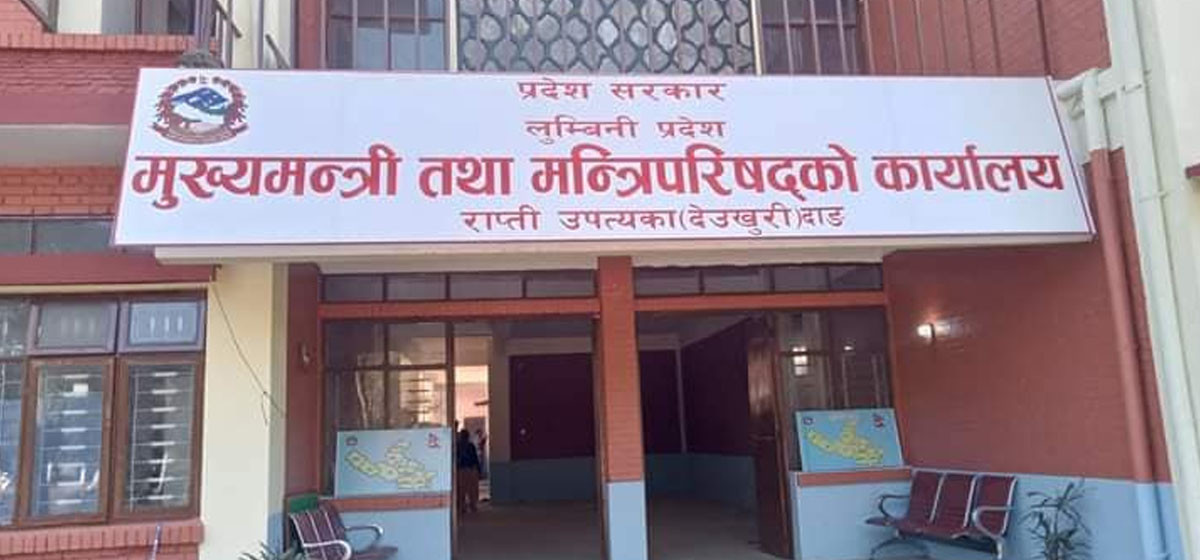

Just In
- 9 are facing charges in what police in Canada say is the biggest gold theft in the country’s history
- Gold price falls by Rs 600 per tola
- Dr Anjan Shakya nominated as National Assembly member
- Special session of Koshi Province Assembly begins
- Lumbini Province: Three UML, one NUP leaders to take oath as ministers without portfolio today
- Unified Socialist’s general convention from June 30
- Former Indian Foreign Secy Shringla highlights India's strategic engagement with neighboring Nepal
- iPhone 14 Pro Max-shot Nepali film 'A Place Under the Sun' set for global OTT platform release











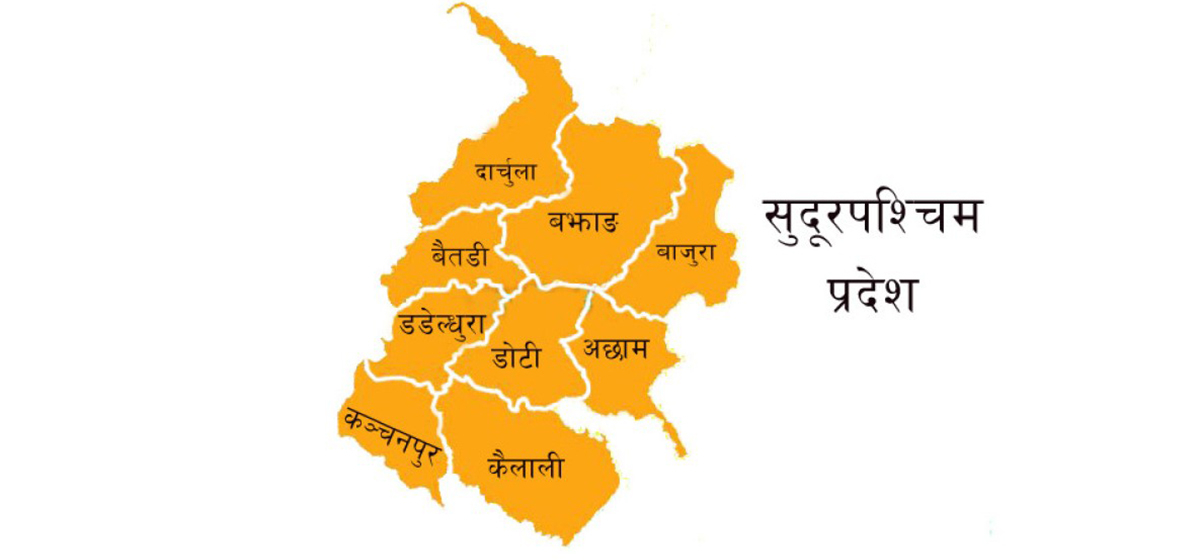
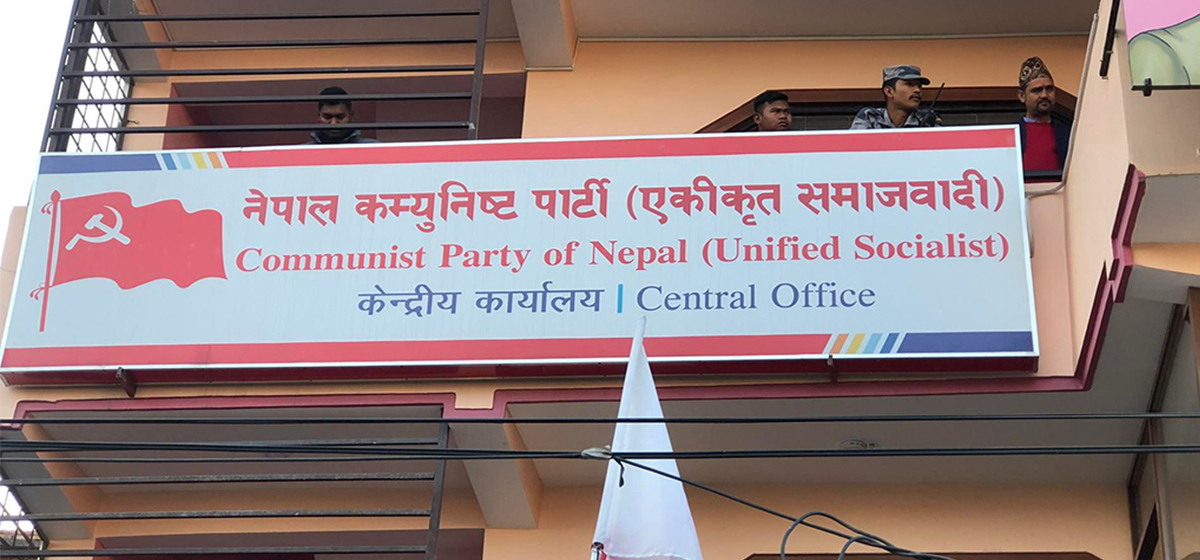

Leave A Comment